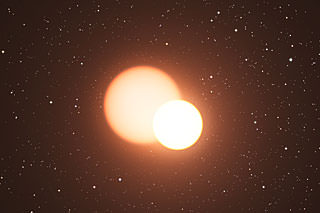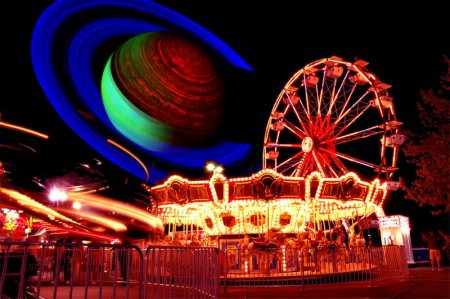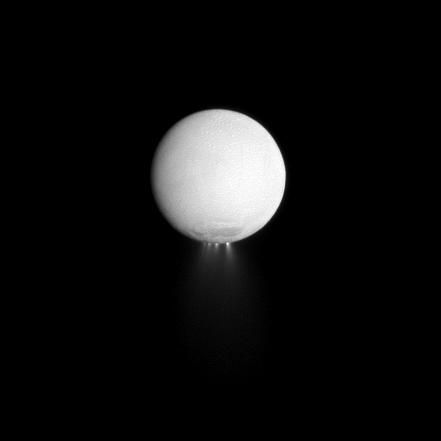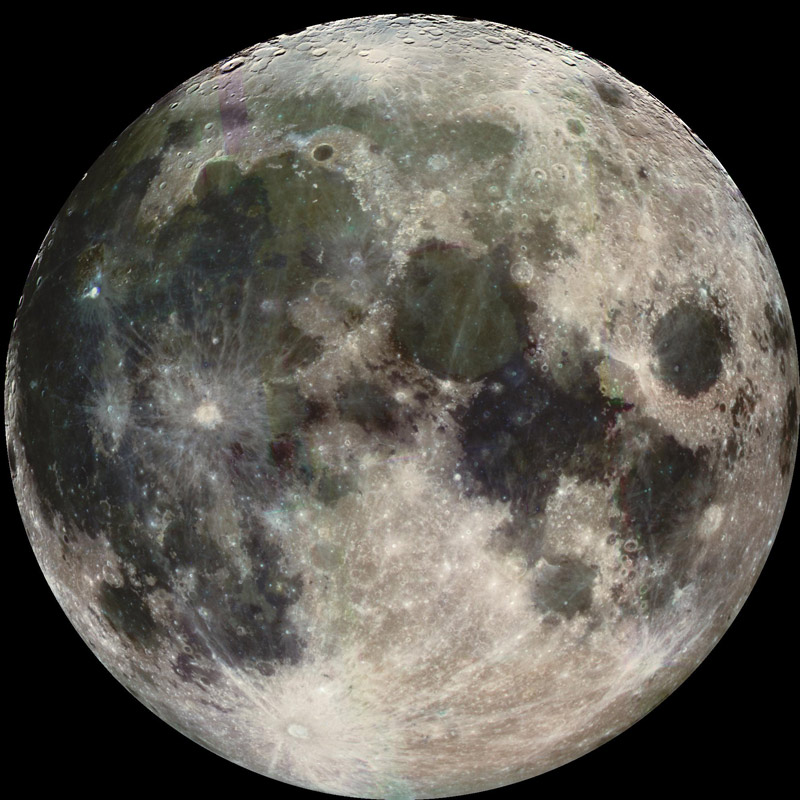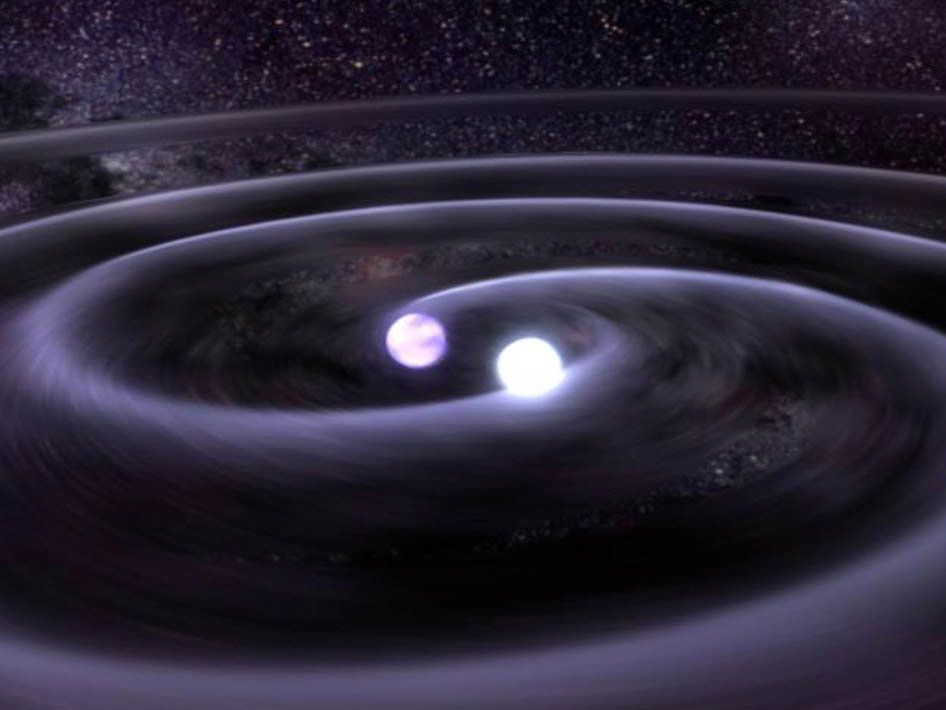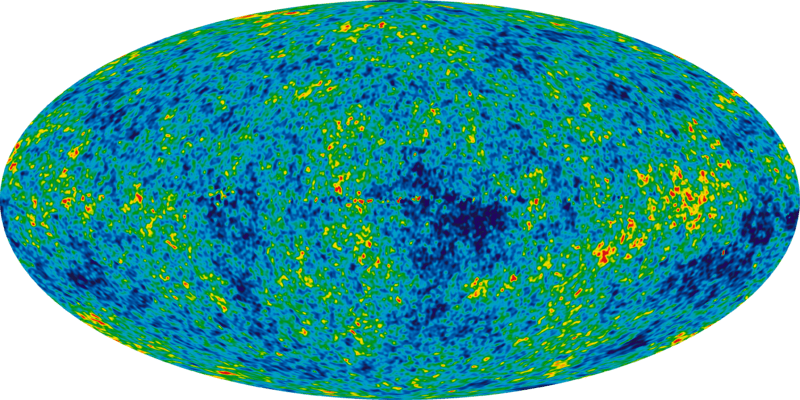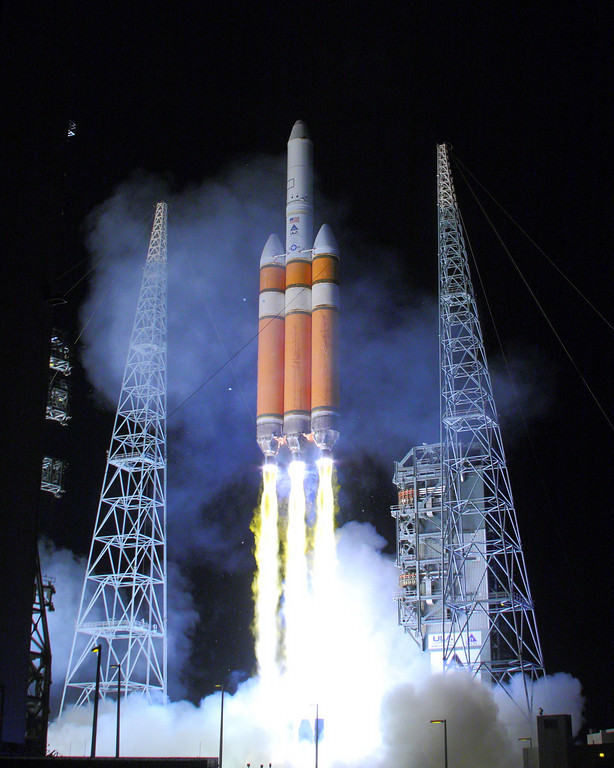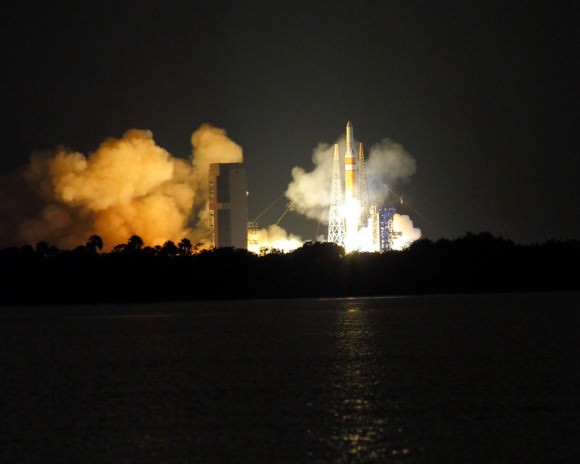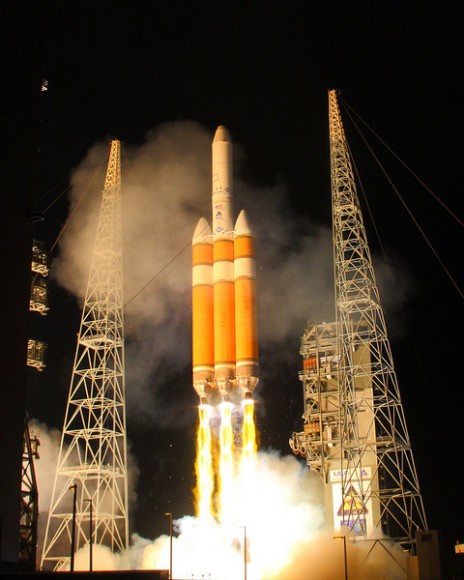[/caption]
Cepheid variable stars – a class of stars that vary in brightness over time – have long been used to help measure distances in our local region of the Universe. Since their discovery in 1784 by Edward Pigott, further refinements have been made about the relationship between the period of their variability and their luminosity, and Cepheids have been closely studied and monitored by professional and amateur astronomers.
But as predictable as their periodic pulsations have become, a key aspect of Cepheid variables has never been well-understood: their mass. Two different theories – stellar evolution and stellar pulsation – have given different answers as to the masses that these stars should be. What has long been needed to correct this error was a system of eclipsing binary stars that contained a Cepheid, so that the orbital calculations could yield the mass of the star to a high degree of accuracy. Such a system has finally been discovered, and the mass of the Cepheid it contains has been calculated to within 1%, effectively ending a discrepancy that has persisted since the 1960s.
The system, named OGLE-LMC-CEP0227, contains a classical Cepheid variable (as opposed to a Type II Cepheid, which is of lower mass and takes a different evolutionary track) that varies over 3.8 days. It is located in the Large Magellanic Cloud, and as the stars orbit each other over a period of 310 days, they eclipse each other from our perspective on Earth. It was detected as part of the Optical Gravitational Lensing Experiment, and you can see from the acronym soup that this yields the first part of the name, the Large Magellanic Cloud the second, and CEP stands for Cepheid.
A team of international astronomers headed by Grzegorz Pietrzynski of Universidad de Concepción, Chile and Obserwatorium Astronomiczne Uniwersytetu Warszawskiego, Poland measured the spectra of the system using the MIKE spectrograph at the 6.5-m Magellan Clay telescope at the Las Campanas Observatory in Chile and the HARPS spectrograph attached to the 3.6-m telescope of the European Southern Observatory at La Silla.
The team also measured the changes in brightness and slight red and blueshift of the light from the stars as they orbited each other, as well as the pulsing of the Cepheid. By taking all of these measurements, they were able to create a model of the masses of the stars that should yield the orbital mechanics of the system. In the end, the mass predicted by stellar pulsation theory agreed much more with the calculated mass than that predicted by stellar evolution theory. In other words, stellar pulsation theory FTW!!
They published their results today in a letter to Nature, and write in the conclusion of the letter: “The overestimation of Cepheid masses by stellar evolution theory may be the consequence of significant mass loss suffered by Cepheids during the pulsation phase of their lives – such loss could occur through radial motions and shocks in the atmosphere. The existence of mild internal core mixing in the main-sequence progenitor of the Cepheid, which would tend to decrease its evolutionary mass estimate, is another possible way to reconcile the evolutionary mass of Cepheids with their pulsation mass.”
Cepheid variables take their names from the star Delta Cephei (in the constellation Cepheus), which was discovered by John Goodricke to be a variable star a few months after Pigott’s discovery in 1784. There are many different types of variable stars, and if you are interested in learning more or even participating in observing and recording their variability, the American Association of Variable Star Observers has a wealth of information.
Source: ESO, original Nature letter

